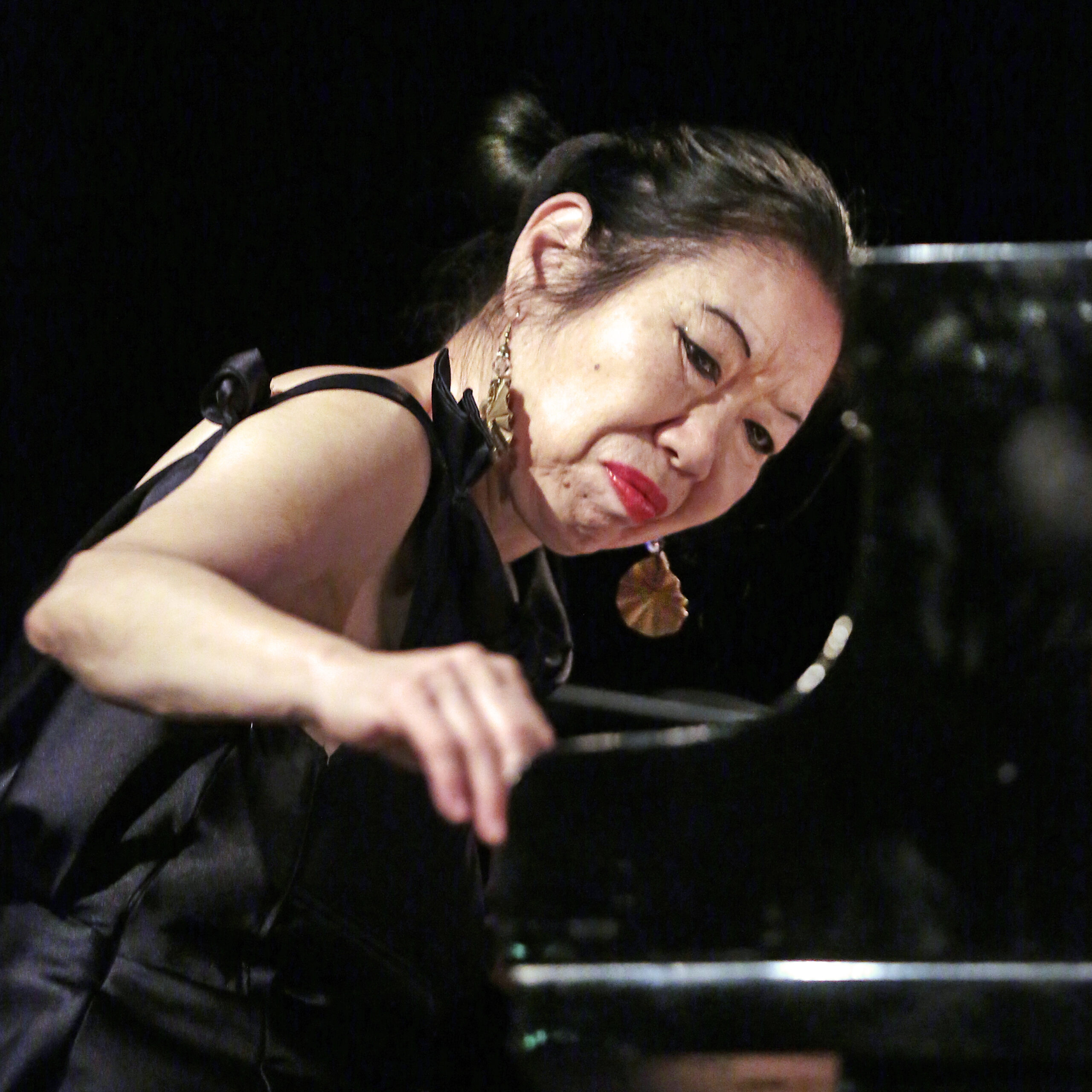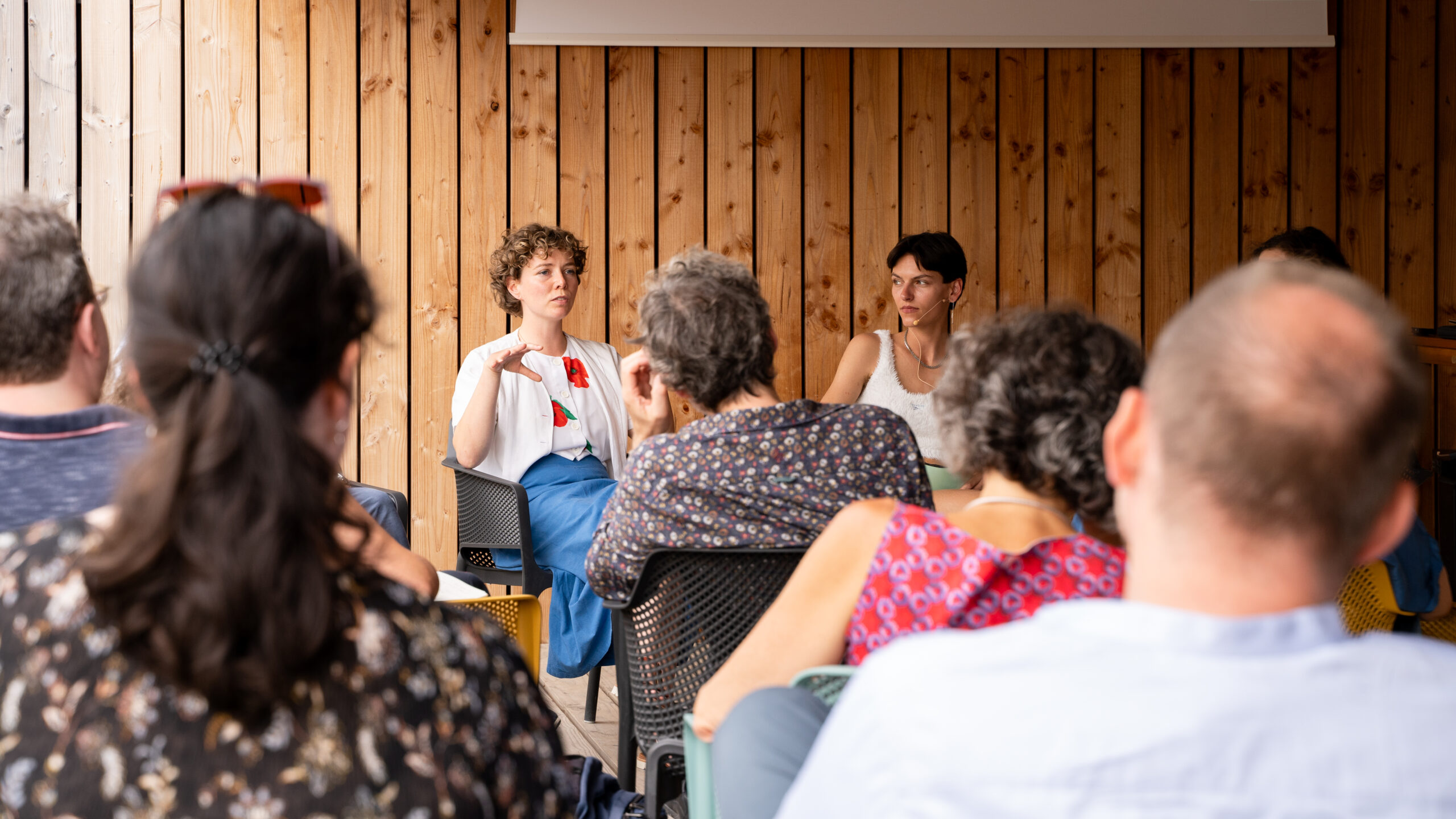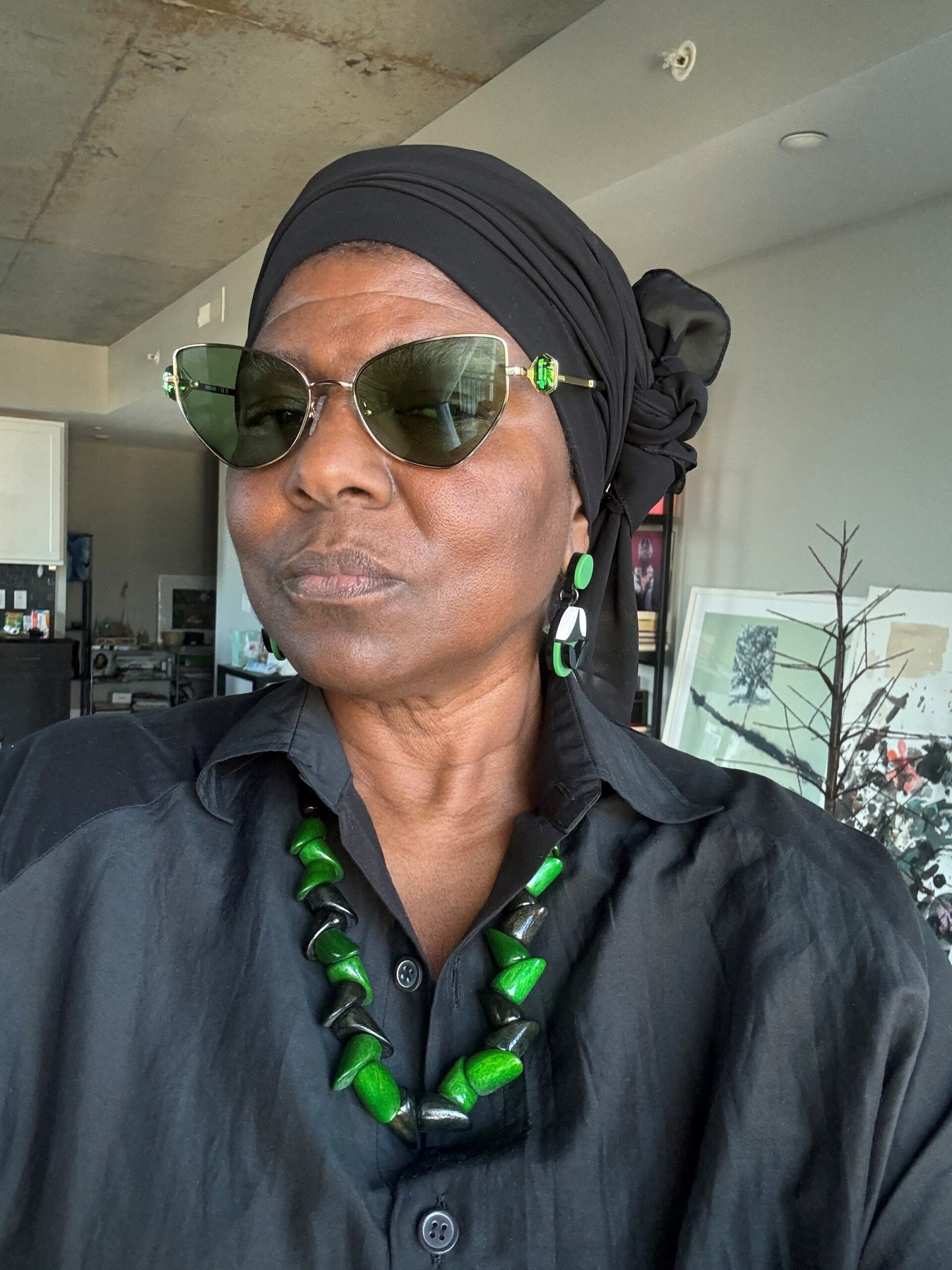The great Aki Takase, who has lived in Berlin for over 30 years, is a symbol of the vastness of jazz. Her catalog of works stands for creativity, consistency and a never-ending artistic curiosity. Her own projects are often inspired by other art forms, and her tribute series to legends such as Ellington, Monk, Dolphy and Coleman have reference value. In view of the celebrated performance with her formation "La Planète" in 2016, the opportunity arose for an interview.
You have played with very innovative American musicians such as John Zorn and Lester Bowie, but also with the most important representatives of European New Jazz. Is there such a thing as "European jazz" for you and what characterizes it?
AT: Jazz is jazz. Whether American or European - or even Japanese. Of course it comes from America, but it became very popular in Europe already at the beginning of the 20th century. Around 1960, as is well known, free jazz emerged, to which European musicians made a significant contribution. Even after that, European musicians have always opened up new experimental possibilities. For me, therefore, the principle is: Play your own Thing. It's about originality. Not about origin. That is the most important thing. I believe that in the 21st century we should stop dividing by a wall what is now American and what is European in origin. What counts is originality, personality and individuality. I often bring American and European musicians together in my ensembles, and my experience is that the differences are becoming smaller and smaller.
When the free jazz you were talking about was developing, you were still living in Japan.
AT: Yes. I first studied classical piano and composition at a conservatory there. It was a fellow student who then pointed out John Coltrane to me - saying that I absolutely had to hear him, that he was like Beethoven. I had never heard of heard of him. There were no jazz clubs in Tokyo at that time, but there were jazz cafés with imported jazz LPs playing in the background. Coltrane, Mingus, Ayler, Dolphy. It sounded so free that I thought to myself: you want to play that, too. I then gained my own first jazz experience at student jam sessions. Incidentally, the fellow student who introduced me to jazz later became a classical musician, and I, as a classically trained pianist, turned to jazz.
Music, dance and literature are often linked in your work. What fascinates you about letting different art forms meet?
AT: The variety. There were even times when I really wanted to become a screenwriter. But what has stayed with me is that I love stories, even in my music. For me, other art forms are are always a great inspiration for me. Literature in particular - especially the Japanese writer Yoko Tawada and her book "Flying Soul", after which I named my last CD project with the "La Planète" quartet. Incidentally, she writes in both German and Japanese. I tried to combine her literary soul with my musical idea.
You have intensively studied some of the most important musicians of jazz: Ellington, Monk, Dolphy, Fats Waller or Ornette Coleman. What did you learn about the musical understanding of these very different musicians?
AT: First of all, it put me in the center of jazz. For me, this is jazz in its purest form. That's the connection to me: I'm mainly a jazz musician. So the connecting factor is mainly swing. It's still there. It is the ground on which everything stands. Of course, the forms of expression have evolved and will continue to evolve. You look for new colors, you look for other ways of arranging, and you keep getting new ideas through the musicians you play with. I will continue to work with these old masters. One shouldn't forget that jazz now has a long tradition in which much is hidden. We're all looking for the new, but its substance often lies in the old. You have to carry that along. For example, for me, the foundation of jazz should always be that typical swing and drive that doesn't exist like that in any other music. The emphasis on this rhythmic element is for me a very essential difference between the music of the 19th and the 20th century. Not only as far as jazz is concerned. Just take Stravinsky or Ravel, where the influence of jazz is definitely audible.
You started playing the piano very early, I think at the age of three. Did you actually enjoy it back then?
AT: Yes. I've always loved to play. However, that was based on a misunderstanding on my mother's part. When my younger brother was born, my mother used to tie me to a high chair when she took him shopping so that I wouldn't fall out. So it was natural for me to move my arms and hands. It looked like I was playing the air piano. And my mother thought: Oh, the child wants to play the piano. So I got piano lessons and also dance lessons. That was typical for the post-war period in Japan. The parents had been deprived of a lot, so everything was to be made possible for the children. At some point, however, this became too much for me. So in the end the piano remained. A beautiful misunderstanding, so to speak, which accompanies me to this day.

Date: September 8, 2023





